Free, open educational resources from the world’s leading experts on sustainable development
The SDG Academy is the premier source of high-quality resources and guidance on education for the SDGs, with the mandate to enrich the field of sustainable development and advance Agenda 2030






